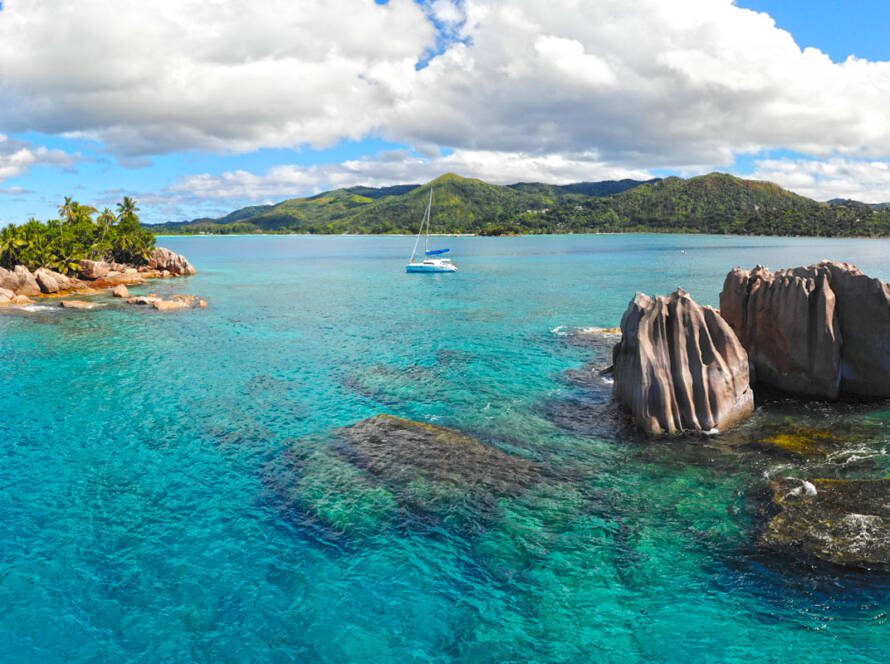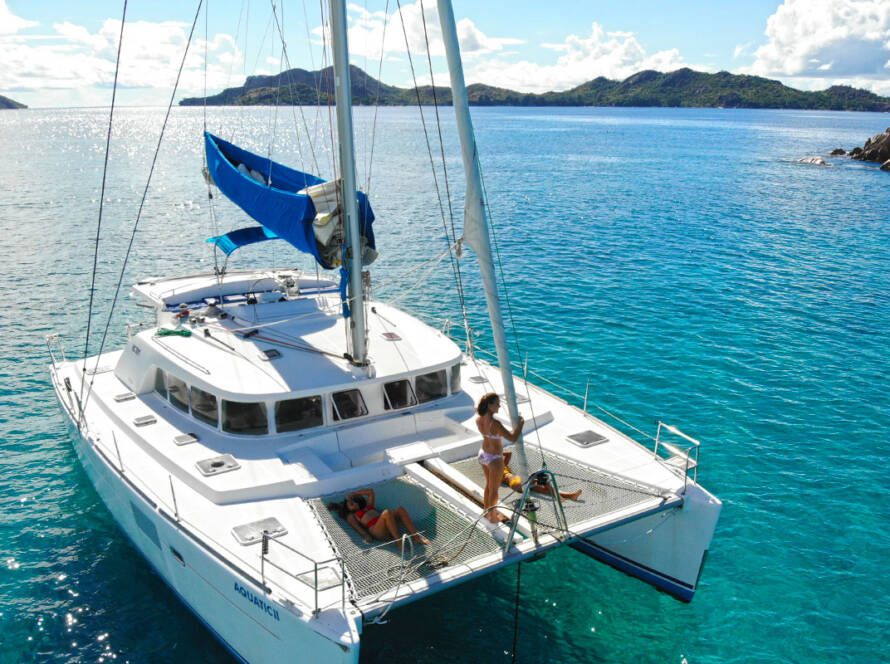Seychelles fauna and flora
The Seychelles archipelago is a refuge for many rare plant and animal species. It also inherited impressive decor. In other words, it is an authentic Garden of Eden. That’s why it’s one of the top tourist destinations in the world. White beaches, clear water, lush vegetation, giant turtles are some of the natural wonders that make the Seychelles famous! If you are a lover of nature, a stay in this living natural museum will amaze you. Discover its geography, fauna and flora!
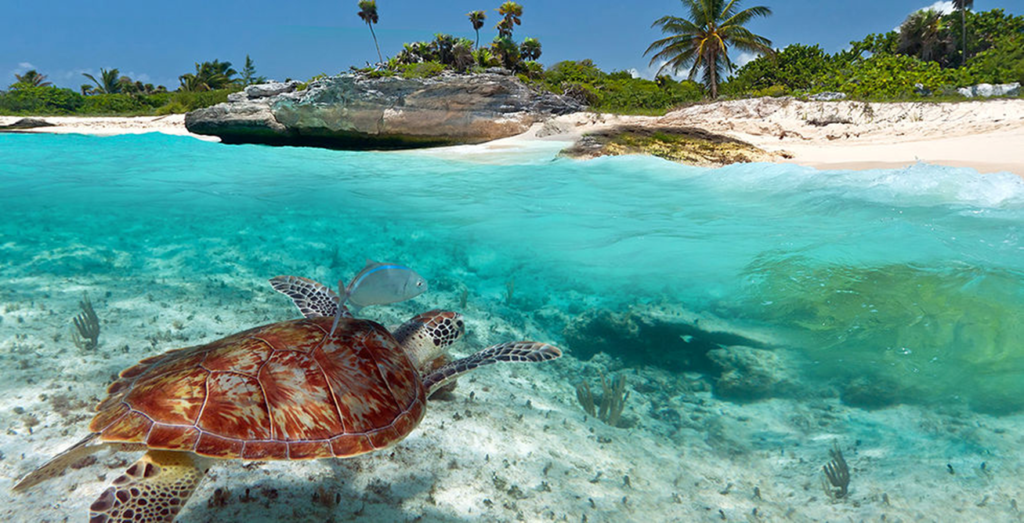
Explore Seychelles!
The Seychelles archipelago lies between Africa and India. It is a set of land in the heart of the Indian Ocean, 950 km north of Madagascar and 1,580 km east of Kenya. Its total area is only 455 km². On the other hand, it covers a sea area of 1,400,000 km².
The Seychelles archipelago is made up of 115 tropical islands. They are divided into two groups. First of all, there are the Inner Islands. There are 41 of them, which have a granite base and occupy 55% of the archipelago’s surface.
Be aware that the three main islands of the Seychelles, including Mahé, Praslin and La Digue, are part of the granite islands. They are home to the majority of the country’s population.
The remaining 74 islands are scattered in the south of the archipelago. They are called Outer Islands or Coral Islands, composed of islets and atolls. They are small in scale. Moreover, they are sparsely populated. Most of these coral islands are unspoiled natural sites inaccessible to tourists.
It should be noted that the archipelago is covered with natural sites in the wild. It also boasts beaches of rare beauty, such as Anse Georgette and Anse Lazio.
The 115 islands of the Seychelles archipelago form a single state. Its capital is Victoria. It is a town in Mahé. This small granite island of 142 km² is quite particular. Its primary asset is that it is home to the archipelago’s highest point, including the Morne Seychellois. At an altitude of 905m, it is home to the Morne Seychellois National Park, created in 1979. It is arguably the largest land park in the country. It covers an area of 3,045 km.
This park is open to visitors and is sure to delight nature lovers. Hiking trails run through it, allowing tourists to discover the natural treasures it hides. Shipment may take a day or half a day. It all depends on the chosen circuit.

Seychelles fauna and flora
First of all, it should be noted that there are no animal species in the Seychelles that are dangerous to humans. Even crocodiles are gone. The archipelago has nothing to envy from other tourist destinations in terms of fauna and flora.
Hers is both unique and diverse. His protection is at the heart of the country’s authorities’ concerns. You should know that the Seychelles has created several protected zones. They cover 43% of the territory.
- The local flora
The Seychelles islands have more than 400 species of tropical plants, and 60 are endemic. This is the case of the “Coco de fesse”, a coconut tree found in the Mai Valley in Praslin. The poaching nearly caused the distinction of this plant. Currently, it is a protected species. Regardless of the quantity, its export is prohibited without legal authorisation.
In the coastal forests of the Seychelles, you will find Takamaka. It is a fruit tree that grows on sandy, salty land. It produces edible fruits that require special preparation before being eaten because they are toxic. Currently, takamaka has also become a protected species.
You should also count among the plant species that are the particularity of the Seychelles flora, the square cap with its quadrangular fruits. The country is also full of rosewood, known for its beauty and robustness, badamiers and gayacs.
Don’t forget the flamboyant. If your stay takes place in November, you will have the chance to see it blossom. There is also the sandragon, a plant that lets out a blood-coloured substance if you cut it.
The banyan tree, with its aerial roots, is also quite remarkable. Originally from Asia, it is visible in Intendance Bay, southwest of the island of Mahé.
You should also know that Seychelles have many flowers like hibiscus, bougainvillaea and egrets. In addition, several species of orchids live there in the wild.
Finally, Seychelles is among the countries with the highest number of fruit trees. Tropical fruits are in the spotlight. This is the case for banana, mango and papaya trees.
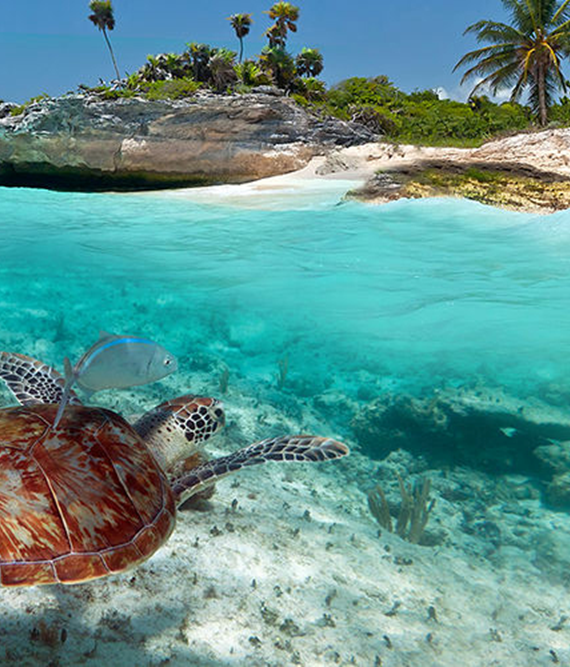
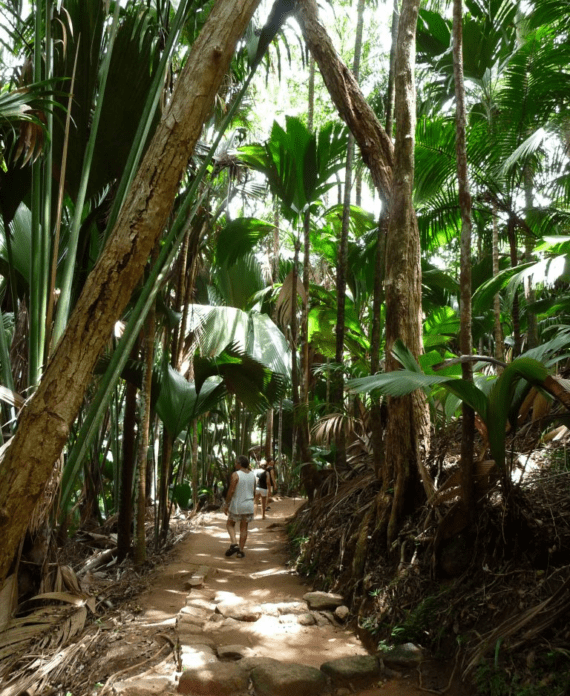
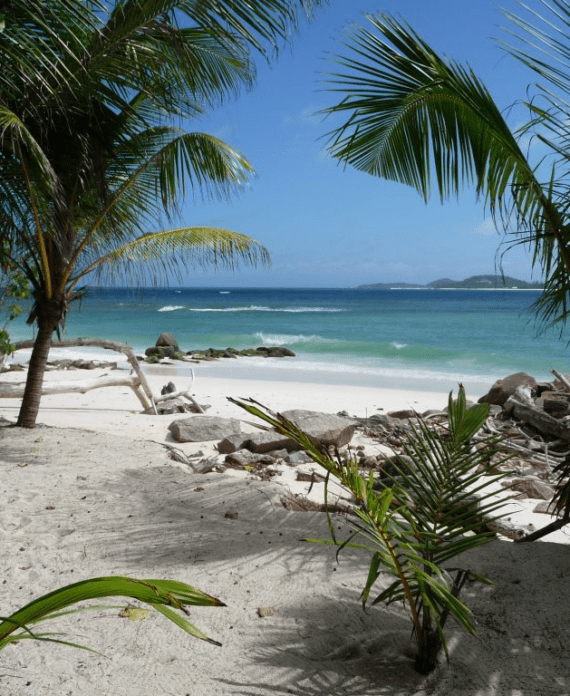
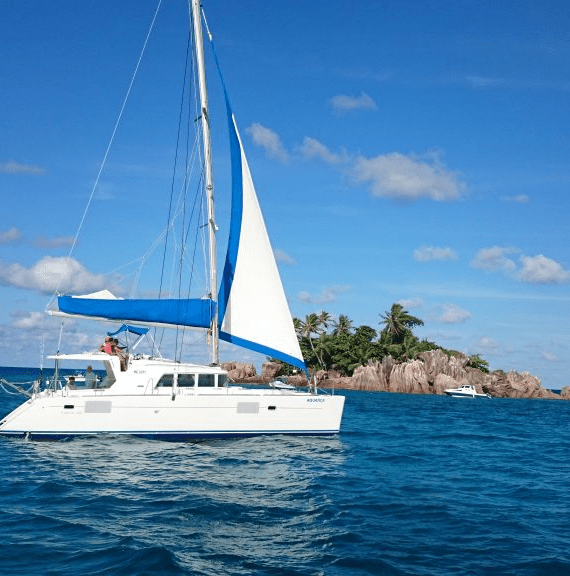
- Terrestrial fauna
While in the Seychelles, don’t forget to see the giant turtles, the only reptiles in the country. They are protected species, and they are the pride of the Seychellois. Turtles are domesticated.
You should also know that it is in the Seychelles that you will find the smallest frog in the world. In addition, during your walks, you will find different types of lizards.
The Seychelles is a prestigious destination for ornithologists. Many migratory birds, such as gulls, shearwaters and terns, stay here. You must go to Bird Island, Fregate and Cousin to observe them. The species that like to live in warm countries also exist in large numbers. This is the case for hummingbirds and martins.
The archipelago is also home to rare birds that do not exist anywhere else, named but the Seychelles’ widow. Like the Seychelles shama and rousserole, it is also an endemic species. A reserve has been created specifically for them on the island of La Digue.
During your visit to Cousin, you can meet the warbler or the toc-toc. Finally, when you are in Mahé, open your eyes! A banana bird is likely to fly over the sky.
- Seychelles marine wildlife
The Seychelles archipelago can dazzle you with its rich marine fauna. If you are lucky, you will find some species swimming along the coasts. To discover the others, you must dive to the ocean’s bottom.
Big-game peach addicts are spoiled. The sea surrounding Seychelles is home to giant fish species such as bonito, dolphinfish, tuna, sailing swordfish and marlin. It is also home to smaller fish such as mullet, sardine and bourgeois. Octopus, lobsters, sperm whales and several small fish species are added. During the diving sessions, you will come across quite particular species, such as the stone fish that melts in the rocks, and the colourful fish, such as the Picasso and the angels of the sea.
Finally, the archipelago is also famous for its sea turtles. In 1777, four species were discovered, including the green, loggerhead, leather and nested turtles. Sea turtles are used to laying their eggs on beaches. If you are lucky enough to watch this beautiful spectacle, you should know that it is forbidden to collect eggs. Similarly, animals should not be disturbed or harmed. You should also know that this species of turtle is protected.

Protected areas of the archipelago
The Seychelles archipelago has the largest number of protected natural sites. The Mai Valley in Praslin is one of the most famous. Declared a World Heritage Site by UNESCO, it is home to a forest of sea coconut trees. Its fauna and flora are exceptional.
The island of Aldabra is also added to the list of Seychelle’s special reserves. It is home to a Ramsar site and a bird conservation area. Red-stranded phaetons and Ariel frigates live in colonies here. An endemic bird called Cuvier’s rail also lives there.
Finally, mention should be made of the Silhouette National Park created in 2010, the Curieuse Marine National Park, the Ternaie Marine National Park and the Île aux Vaches Marines Nature Reserve. The list is not exhaustive.
If you want to discover all the fauna and flora of the Seychelles, especially its marine fauna, you should opt for a cruise by boat.
A catamaran rental with a skipper to enjoy
If you dream of discovering the Seychelles differently, we offer you a catamaran rental with a skipper. Our boat, Aquatic 2, has a large capacity, ideal for a trip with family or friends.
Our goal is to allow you to tailor your cruise to your needs. Thus, there is no circuit to follow. It’s up to you to design your travel plan! The skipper can advise you in case of need.
In addition, you will discuss the itinerary and activities to be done during the adventure around a welcome cocktail. Underwater diving will be available, and the skipper can show you the best spots.
The catamaran at your disposal is a boat rich in comfort. Indeed, it is equipped with a spacious cabin, a lounge at the front that will allow you to view the landscapes around, a bathroom and a toilet.
The boat’s cook also has an excellent talent for preparing typical Creole dishes. You can count on this chef if you want to discover Seychellois specialities.


